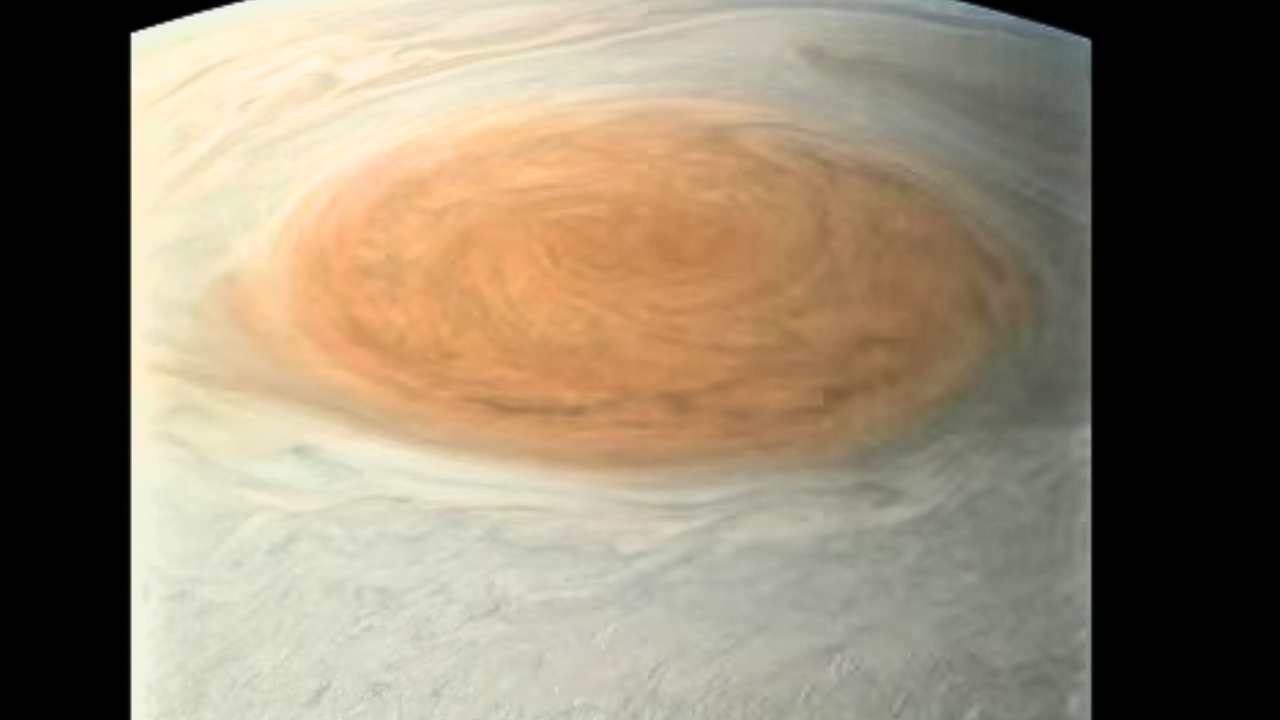NASA, Jupiter, Great Red Spot, Juno spacecraft, space exploration, universe, solar system, planetary storms, Instagram, space images
Dive into the depths of space with NASA’s recent unveiling of the Great Red Spot on Jupiter, captured by the Juno spacecraft. This detailed blog post explores the fascinating findings about the storm that’s twice the size of Earth and has raged for over 350 years. Discover the stunning image shared on Instagram, the scientific insights it provides, and the vibrant discussion it sparked among space enthusiasts.

Unveiling the Universe: NASA’s Instagram Revelations
NASA consistently captivates the public with breathtaking images from outer space, illuminating the marvels of our cosmos. A striking example is the agency’s recent Instagram post featuring the Great Red Spot of Jupiter, a colossal storm captured by the Juno spacecraft. This tempest, which is double the Earth’s diameter, has been swirling for more than three and a half centuries.
Juno’s Close Encounter with the Great Red Spot
In a detailed Instagram update, NASA disclosed that the Juno spacecraft documented the Great Red Spot in vivid color from approximately 8,648 miles (13,917 kilometers) away. The organization noted a gradual reduction in the storm’s dimensions, with a decrease in height by one eighth and a contraction in width by one third.
Historical data, including observations by the Voyager spacecraft in 1979, suggest that this iconic celestial storm has been active for over 350 years. Despite its size reduction, the storm remains formidable, with a width still twice that of Earth. Recent findings from Juno reveal that the storm extends about 200 miles (300 kilometers) below Jupiter’s cloud cover. Given Jupiter’s lack of solid terrain, the storm’s winds reach peak velocities of around 400 mph (643 kph).
A Visual Spectacle: The Great Red Spot
The image presented by NASA captures the awe-inspiring Great Red Spot, highlighted by swirling patterns of red, tan, and orange against the backdrop of Jupiter’s horizon, depicted in shades of beige, brown, and blue. This visual masterpiece not only showcases the storm’s immense scale but also the dynamic atmosphere of Jupiter.
Since its posting, the image has garnered significant attention on Instagram, amassing over two hundred thousand likes and sparking a lively discussion in the comments section. Enthusiasts and casual observers alike have shared their admiration and personal observations, ranging from comparisons to a “fried egg” to expressions of sheer wonder.
Community Engagement and Reflections
The post prompted varied reactions from the audience, with some sharing their personal experiences of observing the Great Red Spot through telescopes, albeit with difficulty due to its faint appearance. Others took a lighter approach, humorously comparing the storm’s appearance to everyday items, while many simply marveled at the beauty and mystery of the universe.
NASA’s engagement with the public through platforms like Instagram not only educates but also inspires a sense of curiosity and wonder about our place in the universe. The Great Red Spot’s enduring presence and evolving nature continue to fascinate scientists and space enthusiasts worldwide, serving as a reminder of the dynamic and ever-changing nature of our solar system.
